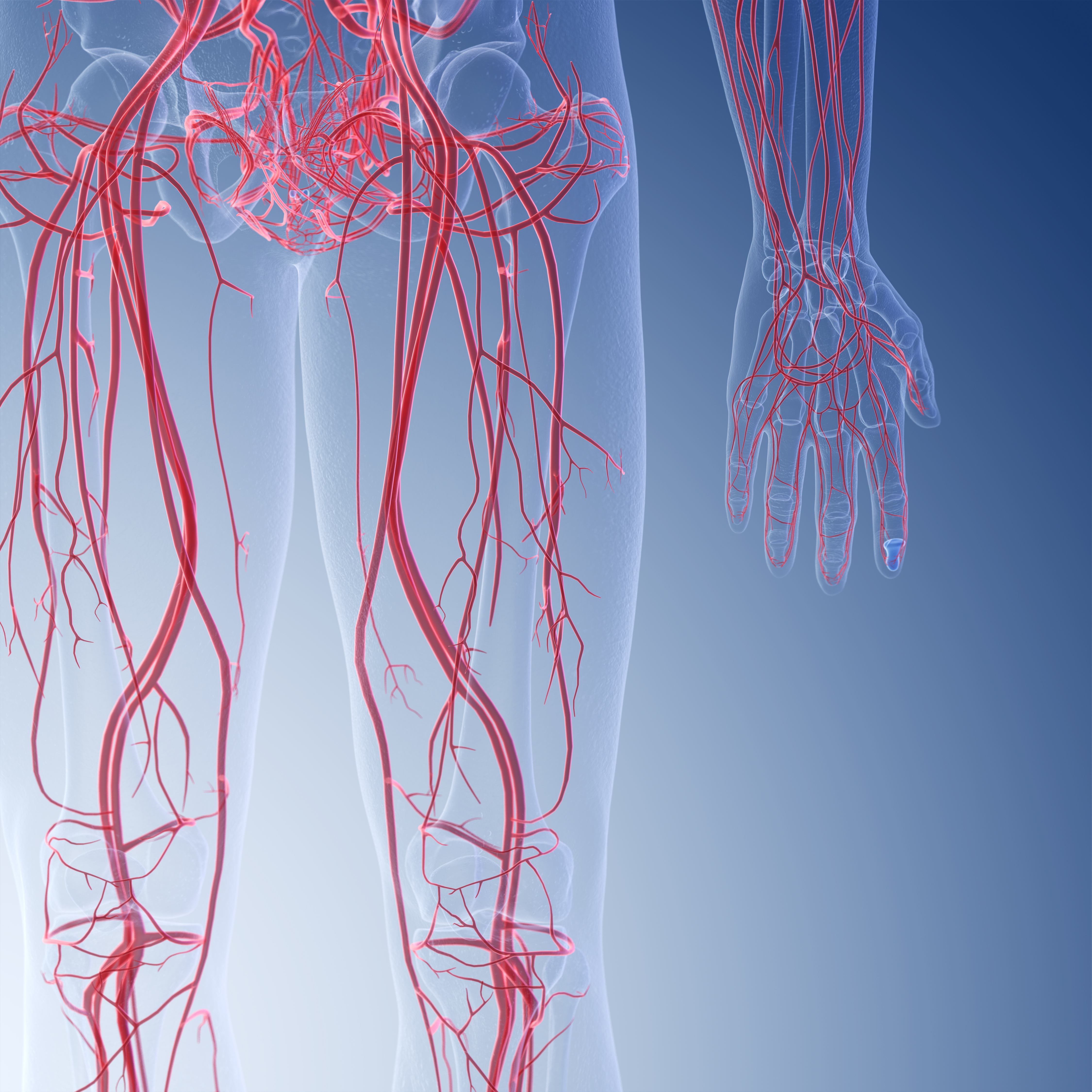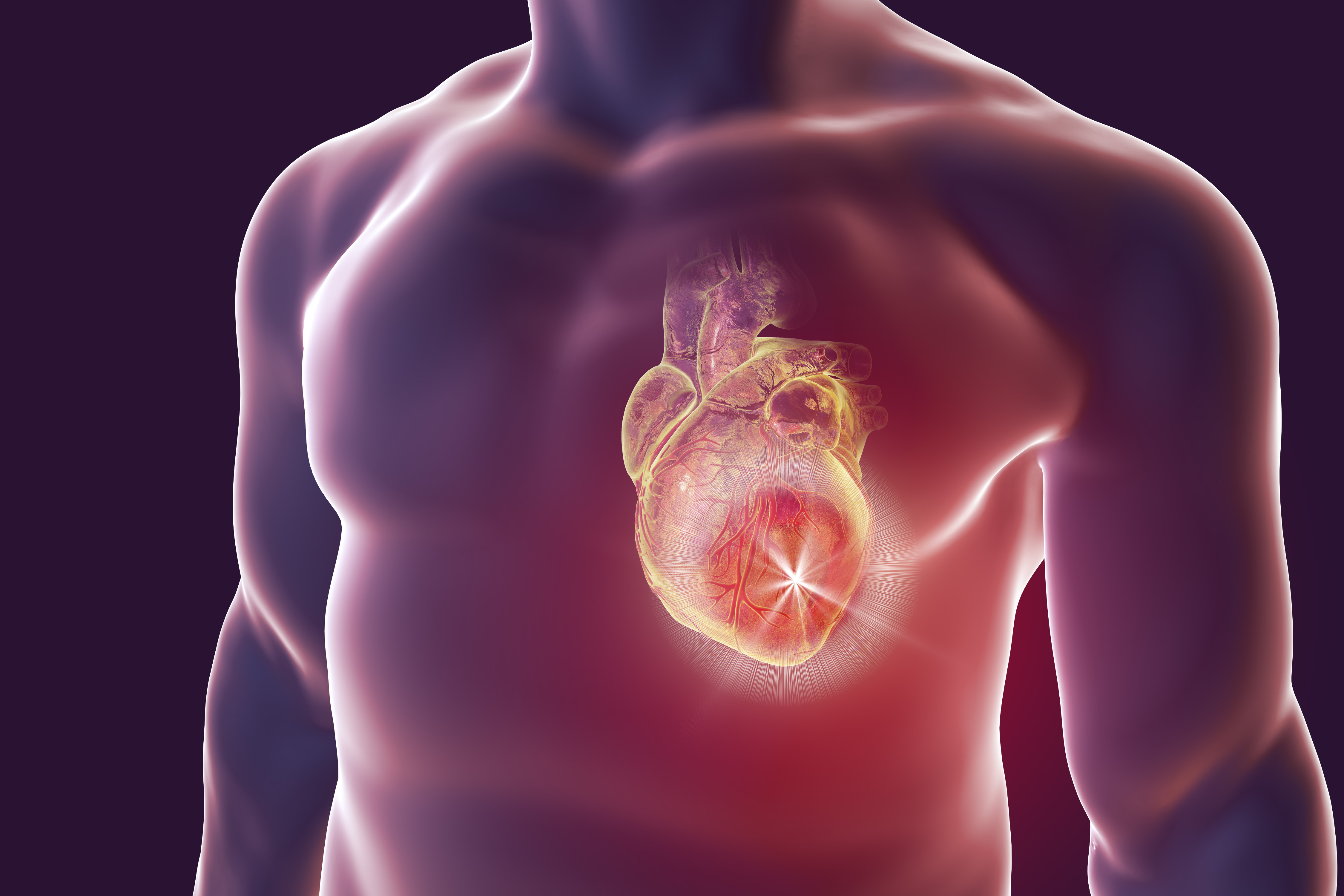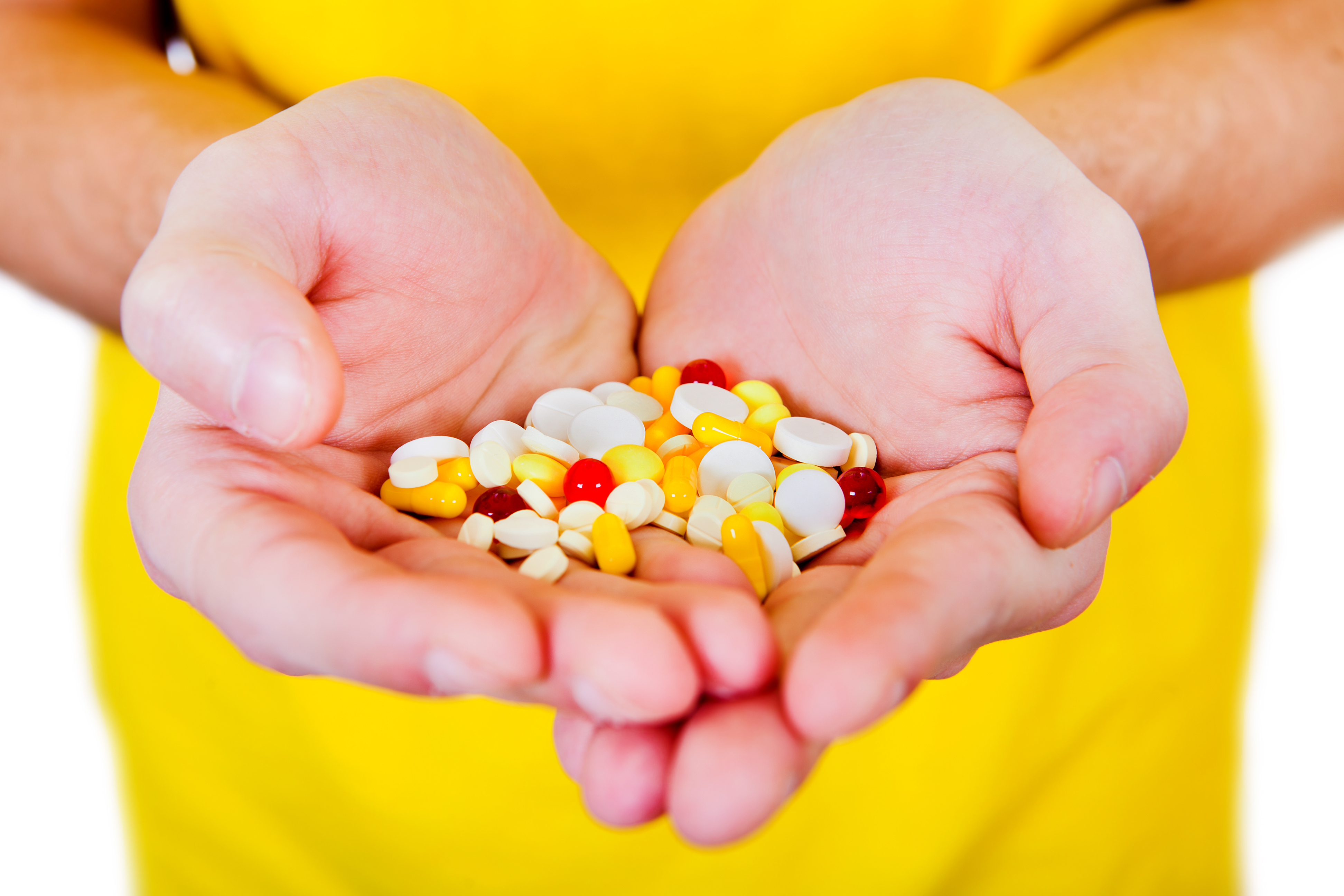According to a new subgroup analysis of the COMPASS trial published in the Journal of the American College of Cardiology, the prevention of Major Adverse Limb Events (MALE) is of utmost importance in patients with lower extremity Peripheral Arterial Disease (PAD) due to its poor prognosis. Additionally, it has been found that the aspirin and rivaroxaban 2.5mg twice daily combination leads to a significant reduction of Major Adverse Limb Events (MALE) in these patients.
The COMPASS trial was a large randomized, double-blind placebo-controlled trial in 27,395 patients comparing low dose rivaroxaban and aspirin in one arm, rivaroxaban alone in low dose in the second arm to aspirin alone in the third arm. Previously, the results that had been published showed that rivaroxaban 2.5mg and aspirin significantly reduced MACE and MALE. In this analysis, the outcomes of 6391 patients from the COMPASS trial with lower extremity PAD were analyzed. Dr. Anand and her colleagues aimed to identify the impact of rivaroxaban and aspirin in reducing MALE and also characterizing the prognosis of patients with MALE afterward. The definition of MALE was severe limb ischemia (acute or chronic) in patients with PAD requiring a major vascular amputation or an intervention.
 [perfectpullquote align=”full” bordertop=”false” cite=”” link=”” color=”” class=”” size=””]“This analysis importantly provides sobering confirmation of the poor outcomes that occur in PAD patients subsequent to MALE, and highlights the robust reduction in MALE that occurs when patients are treated with rivaroxaban 2.5mg twice daily plus aspirin as compared with aspirin alone.”- Dr. Marc P. Bonaca, M.D.[/perfectpullquote]
[perfectpullquote align=”full” bordertop=”false” cite=”” link=”” color=”” class=”” size=””]“This analysis importantly provides sobering confirmation of the poor outcomes that occur in PAD patients subsequent to MALE, and highlights the robust reduction in MALE that occurs when patients are treated with rivaroxaban 2.5mg twice daily plus aspirin as compared with aspirin alone.”- Dr. Marc P. Bonaca, M.D.[/perfectpullquote]
Out of a total of 6391 patients, 128 of them experienced an incident of MALE. The 1-year cumulative risk after MALE was 61.5%, 20.5%, 8.3% and 3.7% for subsequent hospitalizations, vascular amputations, death, and MACE respectively. Patients who suffered a MALE were found to have a very adverse prognosis afterward, with a seven-fold increase in risk for hospitalizations (HR = 7.21; P < .0001), an approximately 200 fold increase in subsequent amputations (HR = 197.5; P < .0001), and a 3 fold increase in death (HR = 3.23; P < .0001), the former also resulting in impaired quality of life and loss of independence. Compared with aspirin alone, the rivaroxaban 2.5mg twice daily and aspirin combination showed a significant risk reduction by reducing MALE incidence in the order of 43%, peripheral vascular interventions by 24%, total vascular amputations by 58% and peripheral vascular outcomes by 24%.
The investigators concluded that prevention of MALE was essential in patients with PAD in order to improve prognosis. Moreover, the importance of the rivaroxaban 2.5mg twice daily and aspirin combination in improving survival of patients with PAD was highlighted.
In an accompanying editorial, Dr. Marc P. Bonaca, a cardiovascular medicine specialist at the Brigham’s and Women Hospital (BWH) emphasized, “This analysis importantly provides sobering confirmation of the poor outcomes that occur in PAD patients subsequent to MALE, and highlights the robust reduction in MALE that occurs when patients are treated with rivaroxaban 2.5mg twice daily plus aspirin as compared with aspirin alone.” This combination should be considered as an important therapy for patients with PAD. However, further research is required for optimization of therapy in patients with MALE.
Source: http://www.onlinejacc.org/content/71/20/2306





